Home>Articles>How Do I Know If My Chimney Liner Needs Replacing
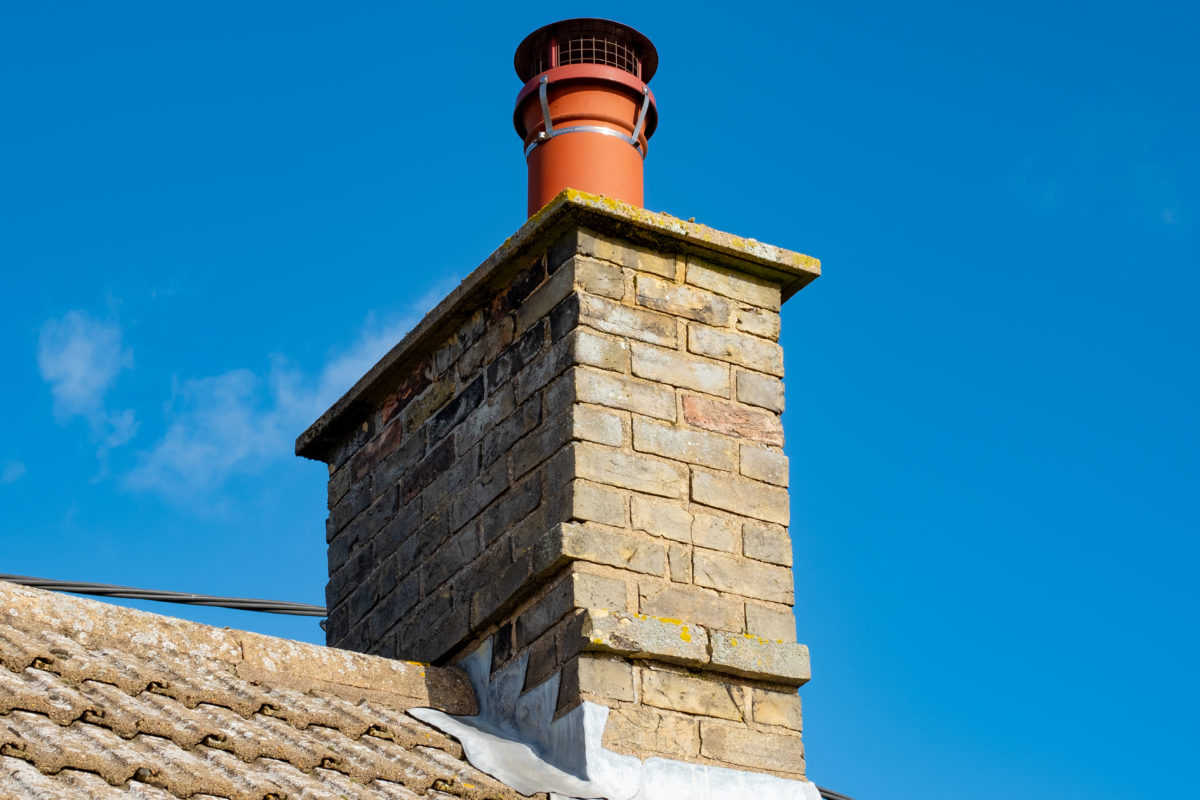

Articles
How Do I Know If My Chimney Liner Needs Replacing
Modified: February 24, 2024
Learn how to determine if your chimney liner needs replacing with our informative articles. Protect your home and ensure proper ventilation today!
(Many of the links in this article redirect to a specific reviewed product. Your purchase of these products through affiliate links helps to generate commission for Storables.com, at no extra cost. Learn more)
Introduction
A chimney liner plays a crucial role in ensuring the safe and efficient functioning of your chimney. It serves as a protective barrier between the inner walls of the chimney and the fiery gases produced during combustion. Over time, due to regular use and exposure to extreme temperatures, chimney liners can deteriorate and become damaged.
Identifying when your chimney liner needs replacing is essential to maintain the structural integrity of your chimney and ensure the safety of your home. In this article, we will explore the signs that indicate a damaged chimney liner, the importance of addressing these issues promptly, and the benefits of hiring a professional chimney sweep for inspection and replacement.
Key Takeaways:
- Regular chimney inspections and prompt replacement of a damaged chimney liner are crucial for maintaining a safe and efficient fireplace or wood-burning appliance. Hiring a professional chimney sweep ensures accurate assessment and appropriate solutions.
- Understanding the signs of a compromised chimney liner, such as cracks, rust, or water leaks, is essential for preventing safety hazards and costly repairs. Prioritize regular maintenance and rely on professional expertise for a properly functioning chimney system.
Read more: What Size Of Chimney Liner Do I Need
Signs of a Damaged Chimney Liner
A damaged chimney liner can lead to a range of problems, from decreased efficiency and draft problems to safety hazards such as chimney fires. It’s important to be aware of the following signs that indicate your chimney liner may be in need of replacement:
- Cracks or Gaps: Inspect the interior of your chimney for any visible cracks or gaps in the liner. These can result from age, wear and tear, or extreme heat. Cracks and gaps can allow dangerous gases, such as carbon monoxide, to leak into your home.
- Rust or Corrosion: If you notice rust or corrosion on your chimney liner, it is a clear indication that it has deteriorated and needs attention. Rust weakens the structure of the liner and can lead to further damage if not addressed.
- Water Leaks: A damaged chimney liner can allow water to seep into your chimney. Look out for signs of water leaks, such as water stains on the walls or ceiling near the fireplace. Water intrusion can lead to mold growth, deterioration of the chimney structure, and costly repairs if left unchecked.
- Smoky or Unpleasant Odors: If you experience excessive smoke or persistent unpleasant odors when using your fireplace, it could be a sign that your chimney liner is compromised. A damaged liner may obstruct the proper ventilation of gases, leading to a backdraft of smoke and odor.
- Draft Problems: If you notice fluctuations in the draft of your fireplace or stove, it could be due to a damaged chimney liner. A liner in good condition helps maintain a consistent airflow, while a damaged liner can disrupt the draft and affect the efficiency of your heating appliance.
- Visible Damage and Deterioration: Inspect the exterior of your chimney for any signs of visible damage or deterioration, such as masonry cracks or mortar joints that are deteriorating. External damage can indicate that the liner inside the chimney may also be compromised.
If you notice any of these signs, it is crucial to address them promptly to avoid further damage to your chimney and ensure the safety of your home. Hiring a professional chimney sweep for inspection and replacement is highly recommended to assess the extent of the damage and recommend appropriate solutions.
Smoky or Unpleasant Odors
One of the telltale signs that your chimney liner may be in need of replacement is experiencing excessive smoke or persistent unpleasant odors when using your fireplace or wood-burning stove. These issues can arise when the chimney liner becomes damaged or deteriorated.
When your chimney liner is compromised, it can obstruct the proper ventilation of gases, leading to a backdraft of smoke into your home. This can be not only irritating but also hazardous to your health, as inhaling smoke can cause respiratory problems and worsen existing conditions such as asthma or allergies.
In addition to smoke, a damaged chimney liner can also result in unpleasant odors permeating your living space. These odors can range from a musty smell from water leaks to a foul odor caused by the buildup of creosote, a flammable substance that accumulates inside the chimney when wood is burned.
It’s important not to ignore these signs of smoky or unpleasant odors coming from your chimney. Addressing the issue promptly can prevent further damage and ensure the safety and comfort of your home.
When you suspect that your chimney liner is the cause of the smoky or unpleasant odors, it is wise to consult a professional chimney sweep. They will conduct a thorough inspection to determine the condition of the liner and recommend the most appropriate course of action.
In some cases, a simple cleaning may be sufficient to address the issue and remove the buildup of creosote or other contaminants causing the odors. However, if the chimney liner is found to be severely damaged, replacement may be necessary to restore proper ventilation and eliminate the source of the problem.
Remember, attempting to address chimney issues on your own can be dangerous and may lead to further damage or pose safety risks. It’s best to rely on the expertise of a professional chimney sweep who has the knowledge, experience, and specialized equipment to handle chimney inspections, cleanings, and repairs.
By addressing smoky or unpleasant odors promptly and seeking professional assistance, you can ensure that your chimney is functioning properly, and your home remains safe, comfortable, and free from any irritating or noxious smells.
Draft Problems
If you’ve noticed fluctuations in the draft of your fireplace or stove, it could be a sign that your chimney liner is damaged and in need of replacement. A properly functioning chimney liner plays a crucial role in maintaining optimal airflow and draft for your fireplace or wood-burning appliance.
A damaged chimney liner can disrupt the draft, leading to a range of issues. You may experience problems such as:
- Smoke Backdraft: When the draft is compromised, smoke from your fireplace or stove may have difficulty ascending the chimney and could be forced back into your home. This can create a smoky, uncomfortable environment and pose health risks from inhaling the smoke.
- Difficulty in Lighting and Maintaining a Fire: Poor draft can make it challenging to light a fire or keep it burning efficiently. Insufficient airflow can result in sluggish combustion, causing your fire to smolder and produce less heat. This not only affects the comfort and warmth of your home but can also lead to increased energy consumption.
- Inefficient Fuel Consumption: A compromised draft can cause your fireplace or stove to consume more fuel than usual. This means you’ll need to use more wood or other fuel sources to achieve the desired level of heat, resulting in higher energy costs and increased environmental impact.
- Carbon Monoxide Buildup: When the draft is impaired, dangerous gases such as carbon monoxide may not be properly vented out of your home. Carbon monoxide is a colorless, odorless gas that can be lethal in high concentrations. Detecting and addressing draft problems is crucial to prevent the buildup of this poisonous gas.
If you have experienced any of these draft-related issues, it’s essential to have your chimney liner inspected by a professional chimney sweep. They will be able to assess the condition of the liner and determine if a replacement is necessary.
Replacing a damaged chimney liner will restore the proper airflow and draft in your chimney, allowing your fireplace or stove to function efficiently and safely. A professional chimney sweep can guide you through the process, recommending the right type and size of liner for your specific chimney system.
Remember, attempting to fix draft problems on your own can be risky and may lead to further damage or safety hazards. It’s best to rely on trained professionals who have the expertise and equipment to assess and address chimney issues.
By addressing draft problems promptly and ensuring a properly functioning chimney liner, you can enjoy a more comfortable and efficient heating experience and maintain the safety of your home.
Visible Damage and Deterioration
Inspecting the exterior of your chimney for visible damage and deterioration is crucial in determining the condition of the chimney liner. The exterior condition can often provide clues about the state of the liner inside. If you notice any signs of visible damage or deterioration, it may indicate that your chimney liner is compromised and needs to be replaced.
Here are some common visible signs of damage and deterioration to look out for:
- Masonry Cracks: Cracks in the masonry of your chimney can indicate that the liner inside may also have been damaged. Over time, exposure to weather elements and temperature fluctuations can cause the masonry to crack, allowing moisture and other elements to reach the liner.
- Deteriorating Mortar Joints: Mortar joints between the bricks or stones of your chimney can deteriorate over time due to age and exposure. If you notice crumbling or missing mortar, it can suggest that the liner may also be impacted.
- Spalling Bricks or Stones: Spalling refers to the flaking or chipping of bricks or stones. If you see signs of spalling, such as pieces of brick or stone falling away, it can be an indication that moisture has seeped into the chimney and damaged the liner.
- Efflorescence: Efflorescence is the white, powdery substance that can appear on the exterior of masonry. It is caused by the migration of salts through the masonry as moisture evaporates. Efflorescence can indicate the presence of excessive moisture, which can affect the condition of the chimney liner.
- Visible Flames or Damage during a fire: If you have experienced a chimney fire or noticed flames shooting out of your chimney during a fire, it is a clear indication that the liner has suffered significant damage. A chimney fire can cause the liner to crack, warp or even collapse, jeopardizing the integrity of the entire chimney system.
If you observe any of these visible signs of damage or deterioration, it is essential to have your chimney liner inspected by a professional chimney sweep. They will be able to assess the extent of the damage and determine if a replacement is required.
Replacing a damaged chimney liner is necessary to ensure the safety and efficiency of your chimney. A compromised liner can lead to hazards such as carbon monoxide leaks, fires, or structural issues. By promptly addressing visible damage and deterioration, you can maintain the integrity of your chimney and avoid costly repairs in the future.
Remember, only trained professionals should handle chimney inspections, repairs, and liner replacements. They have the knowledge, experience, and specialized tools to accurately assess the condition of your chimney liner and recommend the appropriate course of action.
Read more: How Do I Know If My AC Needs Freon
Cracks or Gaps in the Chimney Liner
Cracks or gaps in the chimney liner can be a serious issue that requires immediate attention. These openings in the liner can allow dangerous gases, such as carbon monoxide, to leak into your home. Additionally, they can compromise the structural integrity of your chimney, leading to more extensive damage if not addressed promptly.
Here are some key points to consider about cracks or gaps in the chimney liner:
- Potential Causes: Cracks or gaps in the chimney liner can occur due to various factors, including age, wear and tear, extreme heat, chimney fires, or improper installation. Over time, the constant exposure to heat and corrosive gases can cause the liner to deteriorate and develop openings.
- Risk of Carbon Monoxide Poisoning: Carbon monoxide is a colorless, odorless, and highly toxic gas. When cracks or gaps are present in the chimney liner, carbon monoxide can seep into your home instead of being safely vented outside. Breathing in carbon monoxide can lead to serious health issues and even be fatal, making it crucial to address any cracks or gaps promptly.
- Reduced Efficiency: Cracks or gaps in the chimney liner can disrupt the airflow, affecting the draft and efficiency of your fireplace or wood-burning stove. The compromised airflow may cause your appliance to produce less heat, resulting in decreased energy efficiency and increased fuel consumption.
- Water Intrusion: Openings in the chimney liner can also allow water to enter your chimney. This can lead to water leaks, moisture damage, and accelerated deterioration of the chimney structure. It is important to address these cracks or gaps to prevent water-related issues, such as mold growth or weakened masonry.
- Professional Inspection and Repair: If you suspect or observe cracks or gaps in your chimney liner, it is crucial to have it inspected by a qualified professional. A professional chimney sweep has the expertise and specialized tools to assess the condition of the liner and recommend the appropriate repair or replacement options.
Addressing cracks or gaps in the chimney liner requires professional expertise to ensure proper repair or replacement. Attempting to fix these issues on your own can be dangerous and may result in improper repairs or potential hazards.
A professional chimney sweep can assess the extent of the damage and determine the most suitable solution, which may involve repairing the existing liner or installing a new one.
Remember, preventive measures such as regular chimney inspections and maintenance can help identify and address issues like cracks or gaps in the liner before they escalate into more significant problems. By prioritizing the integrity of your chimney liner, you can ensure the safety and functionality of your fireplace or wood-burning stove.
Rust or Corrosion
Rust or corrosion on a chimney liner is a clear indication that it has deteriorated and needs attention. Rust weakens the structure of the liner and can lead to further damage if not addressed promptly.
Here are some important considerations regarding rust or corrosion on a chimney liner:
- Cause of Rust: Rust is typically caused by moisture. When water combines with the gases emitted during combustion, it can create an acidic environment that corrodes the liner over time. Factors such as exposure to rain, condensation, and improper ventilation can contribute to the development of rust.
- Types of Chimney Liner Materials: Different chimney liner materials react differently to rust and corrosion. Stainless steel liners are known for their resistance to rust, while clay tile and cast iron liners are more susceptible to corrosion. However, even stainless steel liners can develop rust if they are exposed to certain corrosive elements.
- Signs of Rust or Corrosion: Rust on a chimney liner may appear as reddish-brown stains or discoloration. It can also manifest as rough or pitted areas on the surface of the liner. In some cases, you may notice flakes or particles of rust falling from the liner.
- Consequences of Rust: Rust compromises the strength and integrity of the chimney liner, making it more susceptible to further deterioration. The presence of rust indicates that the liner may have weakened spots or openings that can allow dangerous gases, such as carbon monoxide, to leak into your home. Rust can also contribute to water leaks and cause additional damage to the chimney structure.
- Professional Inspection and Repair: If you observe rust or corrosion on your chimney liner, it is essential to have it assessed by a professional chimney sweep. They will evaluate the extent of the rust and recommend appropriate repair or replacement options.
- Repair or Replacement: Repairing rusted areas of a chimney liner may involve applying a specialized rust inhibitor or high-temperature paint to protect the liner and prevent further corrosion. However, in more severe cases, replacement of the liner may be necessary to ensure the safety and functionality of your chimney.
It is important to address rust or corrosion on a chimney liner promptly to prevent further deterioration and potential safety hazards. A professional chimney sweep has the expertise and knowledge to effectively assess the extent of the rust and recommend the best course of action.
Regular chimney inspections and proper maintenance can help identify rust or corrosion issues early on, allowing for timely repairs or replacements. By addressing rust or corrosion, you can maintain the structural integrity of your chimney liner and ensure the safe operation of your fireplace or wood-burning stove.
Tip: If you notice cracks, corrosion, or damage to your chimney liner, it may need replacing. Also, if you experience increased creosote buildup or notice a strong odor, it’s time to have it inspected.
Water Leaks
Water leaks in your chimney can cause significant damage and should not be ignored. If you notice water stains on the walls or ceiling near your fireplace, it is likely that your chimney liner is compromised and allowing water to enter. Addressing water leaks promptly is essential to prevent further damage and maintain the structural integrity of your chimney.
Here are key points to consider about water leaks in your chimney:
- Potential Causes: Water can enter your chimney through cracks or gaps in the chimney liner, damaged masonry, missing or cracked mortar joints, or a faulty chimney cap or crown. It can also seep through porous materials or through gaps where the chimney meets the roofline.
- Consequences of Water Leaks: Water intrusion can cause a range of issues, such as deterioration of the chimney liner, rusting of metal components, degradation of masonry materials, rotting of wooden structures, and potential mold or mildew growth. Over time, these problems can weaken the chimney’s structure and lead to costly repairs if not addressed promptly.
- Signs of Water Leaks: Aside from visible water stains, other signs of water leaks include peeling wallpaper or paint, damp or musty odors, decaying wood, or a damp fireplace or chimney. It’s important to note that the presence of water stains does not necessarily indicate the exact location of the leak, as water can travel along various paths before becoming visible.
- Preventing Water Leaks: To minimize the risk of water leaks, it’s important to maintain your chimney’s waterproofing. This can include regular inspections, repairing any visible damage or cracks, installing a chimney cap and a proper crown, ensuring that flashing is properly sealed, and keeping nearby trees trimmed to prevent excess moisture from leaves and debris.
- Professional Inspection and Repair: If you suspect a water leak in your chimney, it is best to consult a professional chimney sweep. They have the expertise to identify the source of the leak and recommend the most appropriate repair solutions. This may involve patching cracks, replacing damaged components, or installing a new chimney liner to prevent further water intrusion.
Addressing water leaks promptly is crucial to prevent additional damage and maintain the structural integrity of your chimney. A professional chimney sweep can help assess the extent of the damage and provide the necessary repairs or recommendations for your specific situation.
Remember, a proactive approach to chimney maintenance, including regular inspections and upkeep, can help prevent water leaks and ensure the longevity and safety of your chimney system.
Chimney Fires or Damage from a Previous Fire
Experiencing a chimney fire or discovering damage from a previous fire is a serious indication that your chimney liner may be compromised and in need of immediate attention. Chimney fires can cause severe damage to the liner, leading to potential safety hazards and decreased functionality of your chimney.
Here are key points to consider regarding chimney fires or damage from a previous fire:
- Causes of Chimney Fires: Chimney fires can occur when highly flammable creosote, a byproduct of burning wood, builds up inside the chimney. Over time, this accumulation of creosote can ignite, leading to a dangerous chimney fire. Factors such as burning unseasoned wood, restricted airflow, and poor chimney maintenance can increase the risk of a chimney fire.
- Damage from Chimney Fires: Chimney fires can cause severe damage to the chimney liner. The intense heat can crack or warp the liner and compromise its structural integrity. If left unaddressed, this damage can lead to further issues, including the risk of carbon monoxide leaks and decreased efficiency of the chimney.
- Signs of Damage from a Previous Fire: Signs of damage from a previous fire can include cracks, warping, or discoloration on the chimney liner. You may also notice soot or creosote buildup, debris or ash in the firebox, or evidence of smoke escaping into the home during a fire.
- Professional Inspection and Repair: If you suspect a chimney fire has occurred or see signs of damage from a previous fire, it is crucial to consult a professional chimney sweep. They will assess the extent of the damage and determine the most appropriate repairs or replacement options.
- Repair or Replacement: Repairing damage from a chimney fire may involve patching or reinforcing the liner, or in more severe cases, replacing the entire chimney liner. The extent of the damage and the type of liner will determine the best solution to restore the safety and functionality of your chimney.
Dealing with the aftermath of a chimney fire or damage from a previous fire requires professional expertise. Only a trained chimney sweep can accurately assess the damage and provide the necessary repairs or replacements.
Preventing chimney fires and minimizing the risk of damage from a fire is crucial. Regular chimney inspections, proper maintenance, and regular chimney cleanings to remove creosote buildup are important steps to take to reduce the likelihood of a chimney fire occurring.
By addressing chimney fires and damage from a previous fire promptly, you can ensure the safety of your home and maintain the functionality of your chimney system.
The Importance of a Properly Functioning Chimney Liner
A properly functioning chimney liner is vital for the safe and efficient operation of your fireplace or wood-burning appliance. It serves as a protective barrier between the hot gases produced during combustion and the surrounding walls of the chimney. Understanding the importance of a chimney liner can help you prioritize its maintenance and address any issues promptly.
- Ensures Safe Ventilation: The primary function of a chimney liner is to safely vent out the byproducts of combustion, such as smoke, gases, and creosote. A properly functioning liner helps create a clear path for these gases to exit your home, reducing the risk of dangerous backdrafts or carbon monoxide leaks.
- Protects Against Structural Damage: Without a chimney liner, the hot gases and moisture produced during combustion can seep into the masonry of your chimney, leading to accelerated deterioration. A properly installed liner protects the chimney walls from damage, preventing the need for costly repairs or even a complete rebuild of the chimney.
- Prevents Fire Hazards: Creosote, a highly flammable substance, accumulates inside the chimney during normal use. If not properly vented, this build-up can potentially ignite, causing a chimney fire. A chimney liner, especially one made from non-combustible materials like stainless steel, creates a safer environment by reducing the risk of chimney fires.
- Improves Draft and Efficiency: A well-designed chimney liner promotes proper airflow, resulting in an optimal draft and improved efficiency for your fireplace or wood stove. This means a more effective burn and better heat transfer, resulting in greater comfort and potentially lower heating costs.
- Prevents Moisture Damage: Moisture is a significant enemy to a functioning chimney. A chimney liner acts as a barrier against rainwater, snow, and ice, preventing water from entering the chimney and causing damage to the masonry, liner, and other components. Keeping moisture out helps to maintain the longevity and functionality of your chimney system.
- Compliance with Building Codes and Regulations: Many local building codes and regulations require chimneys to have a properly installed chimney liner. Ensuring that your chimney liner is in compliance not only promotes safety but also helps maintain the value and insurability of your home.
Regular maintenance and inspection of your chimney liner are essential to keep it functioning optimally. It is recommended to have your chimney inspected by a professional chimney sweep at least once a year to identify any potential issues and ensure that the liner is in good working condition.
If you suspect any problems with your chimney liner, such as cracks, gaps, or deterioration, it is crucial to address them promptly. Contact a reputable chimney sweep who can assess the situation and provide the necessary repairs or replacement of the liner.
By understanding and valuing the importance of a properly functioning chimney liner, you can enjoy a safer, more efficient, and longer-lasting chimney system in your home.
When to Consider Replacing Your Chimney Liner
Knowing when to replace your chimney liner is essential for maintaining the safety and functionality of your chimney system. While regular maintenance and inspections can help prolong the lifespan of your liner, there are certain signs and circumstances that indicate the need for replacement.
Below are some key factors to consider when assessing whether it is time to replace your chimney liner:
- Age and Wear: Like any component of your home, chimney liners have a limited lifespan. The lifespan can vary depending on the material and quality of the liner. If your liner is approaching or past its expected lifespan, it may be time to consider a replacement.
- Visible Damage: Any visible signs of damage, such as cracks, gaps, warping, or corrosion, indicate that your chimney liner is compromised. These issues can impact the safety and efficiency of your chimney and should be addressed promptly.
- Chimney Fires: Experiencing a chimney fire can cause severe damage to the liner. In such cases, replacement is often necessary to restore the safety and functionality of the chimney system. Even if the liner appears intact after a chimney fire, it may have suffered internal damage, warranting replacement.
- Excessive Creosote Buildup: A buildup of creosote, a byproduct of burning wood, can lead to chimney fires. If your chimney liner has a history of excessive creosote buildup, it may be wise to consider replacing the liner with one that is better equipped to handle creosote accumulation.
- Deterioration or Structural Issues: If the masonry of your chimney is deteriorating or the overall structure of the chimney is compromised, it may be necessary to replace the chimney liner. A new liner can help protect the rebuilt or repaired chimney and ensure proper functionality.
- Changes in Heating System: If you are transitioning from one type of heating system to another, such as switching from oil to gas or from a traditional fireplace to an insert, it may be necessary to replace the chimney liner to accommodate the new system’s requirements.
If you are unsure about the condition of your chimney liner or whether it needs replacement, it is best to consult a professional chimney sweep. They have the expertise to assess the liner’s condition, identify any potential issues, and recommend the most suitable course of action.
Remember, a properly installed and functioning chimney liner is crucial for the safety and efficiency of your chimney. By being proactive and addressing any signs of damage or wear, you can ensure that your chimney system continues to operate effectively and provide you with reliable heat and enjoyment.
Hiring a Professional Chimney Sweep for Inspection and Replacement
When it comes to chimney inspection and replacement of the chimney liner, it is crucial to rely on the expertise of a professional chimney sweep. They have the knowledge, experience, and specialized tools required to accurately assess the condition of your chimney liner and provide the necessary services. Here are some reasons why hiring a professional chimney sweep is essential:
- Expertise and Experience: Professional chimney sweeps undergo rigorous training and have extensive experience working with various types of chimney systems. They are knowledgeable about the latest industry standards, building codes, and regulations. Their expertise enables them to accurately assess the condition of your chimney liner, identify any issues, and recommend appropriate solutions.
- Thorough Inspection: When it comes to chimney inspections, a professional chimney sweep will conduct a comprehensive assessment of your entire chimney system. They will examine not only the chimney liner but also the masonry, chimney cap, crown, flashing, and other components. This thorough inspection helps identify any underlying problems that may need attention, allowing them to provide a comprehensive solution.
- Safety: Working with chimneys involves potential safety hazards, such as exposure to harmful gases, working at heights, and dealing with fire-related risks. Professional chimney sweeps have the necessary training, safety equipment, and insurance to ensure their safety during inspections and replacement. By hiring a professional, you can have peace of mind knowing that the job is being done safely and accurately.
- Proper Equipment and Tools: Professional chimney sweeps have access to specialized tools and equipment specifically designed for chimney inspections and liner replacement. These tools allow them to navigate and assess hard-to-reach areas of the chimney, ensuring a thorough examination and efficient replacement if necessary.
- Compliance with Building Codes: Building codes and regulations often dictate the requirements for chimney liners. A professional chimney sweep keeps up-to-date with these codes and ensures that their work complies with local and national regulations. This helps ensure the safety, functionality, and insurability of your chimney system.
- Proper Replacement Procedures: If a chimney liner replacement is needed, a professional chimney sweep will follow industry best practices and guidelines. They will recommend the appropriate liner material and size based on your specific chimney system. Their expertise ensures that the replacement is done correctly, guaranteeing optimal functionality and safety.
When hiring a professional chimney sweep, it’s important to choose a reputable company with a proven track record. Look for certification by organizations like the Chimney Safety Institute of America (CSIA) or the National Chimney Sweep Guild (NCSG). Additionally, read reviews, ask for references, and ensure they have proper insurance coverage.
Regular chimney inspections and maintenance, along with professional chimney sweep services, are essential for the longevity and safety of your chimney system. By relying on the expertise of professionals, you can ensure that your chimney liner is properly inspected, maintained, and replaced when necessary, allowing you to enjoy the comfort of your fireplace or wood-burning stove with peace of mind.
Conclusion
Proper maintenance and care of your chimney liner are essential for the safe and efficient operation of your fireplace or wood-burning appliance. Recognizing the signs of a damaged chimney liner and knowing when to consider replacing it is crucial to prevent further damage and ensure the safety of your home.
Signs such as cracks, gaps, rust, water leaks, and visible damage should not be ignored. These issues can lead to safety hazards, decreased efficiency, and costly repairs if left unaddressed. Hiring a professional chimney sweep for inspection, maintenance, and replacement is highly recommended to accurately assess the condition of the chimney liner and provide appropriate solutions.
Remember, a properly functioning chimney liner plays a vital role in ventilating harmful gases, protecting against structural damage, preventing fire hazards, and improving energy efficiency. It also ensures compliance with building codes and regulations, providing peace of mind for homeowners.
Regular chimney inspections, maintenance, and cleanings are key preventive measures to keep your chimney liner in good condition. By addressing any issues promptly and relying on the expertise of professionals, you can enjoy a safely functioning chimney system and the warm ambiance of your fireplace or wood-burning stove.
Take the necessary steps to prioritize the maintenance of your chimney liner, schedule regular inspections, and follow the recommendations of professional chimney sweeps. By doing so, you can protect your home, improve energy efficiency, and ensure the longevity of your chimney system for years to come.
Frequently Asked Questions about How Do I Know If My Chimney Liner Needs Replacing
Was this page helpful?
At Storables.com, we guarantee accurate and reliable information. Our content, validated by Expert Board Contributors, is crafted following stringent Editorial Policies. We're committed to providing you with well-researched, expert-backed insights for all your informational needs.
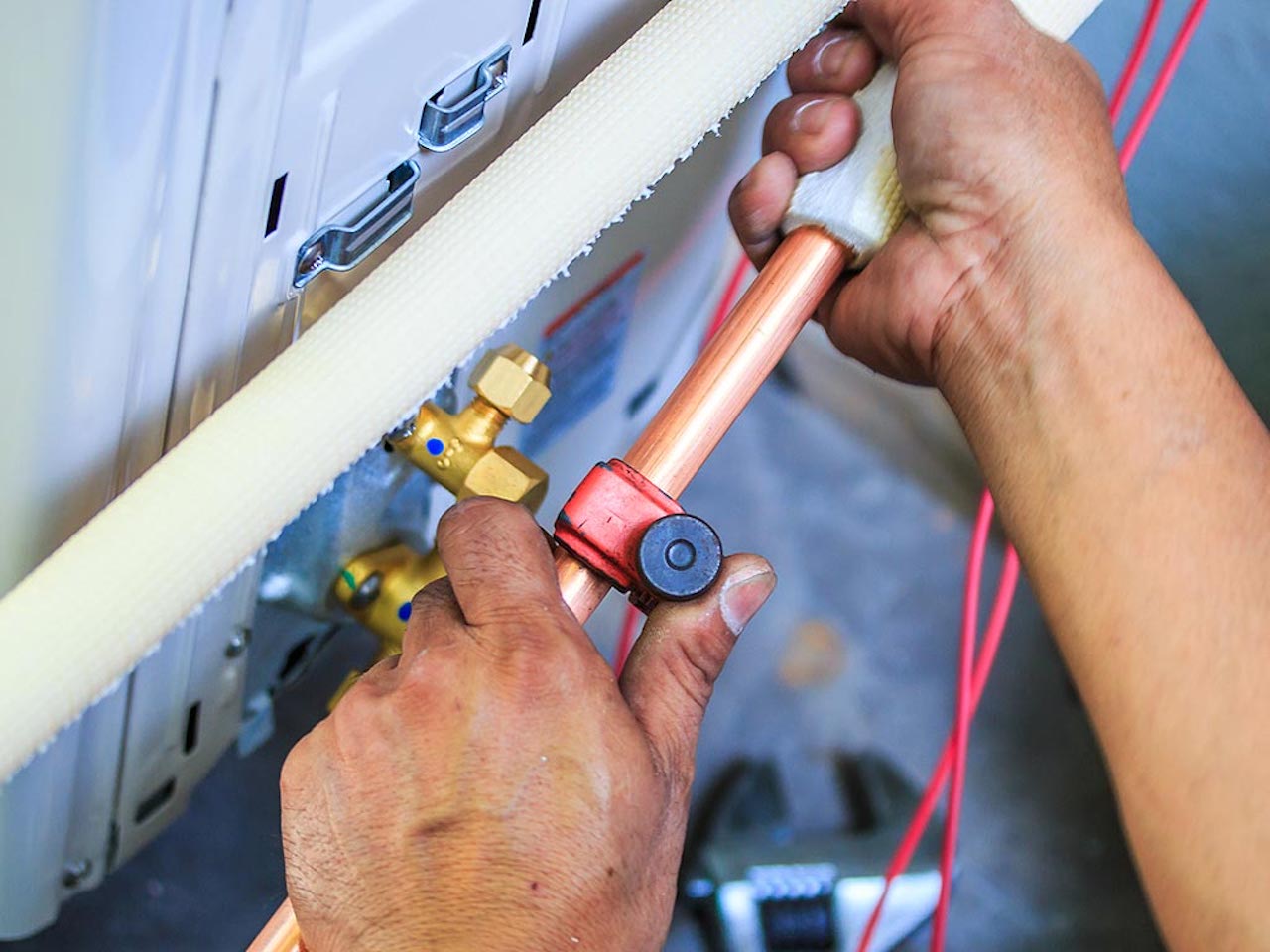
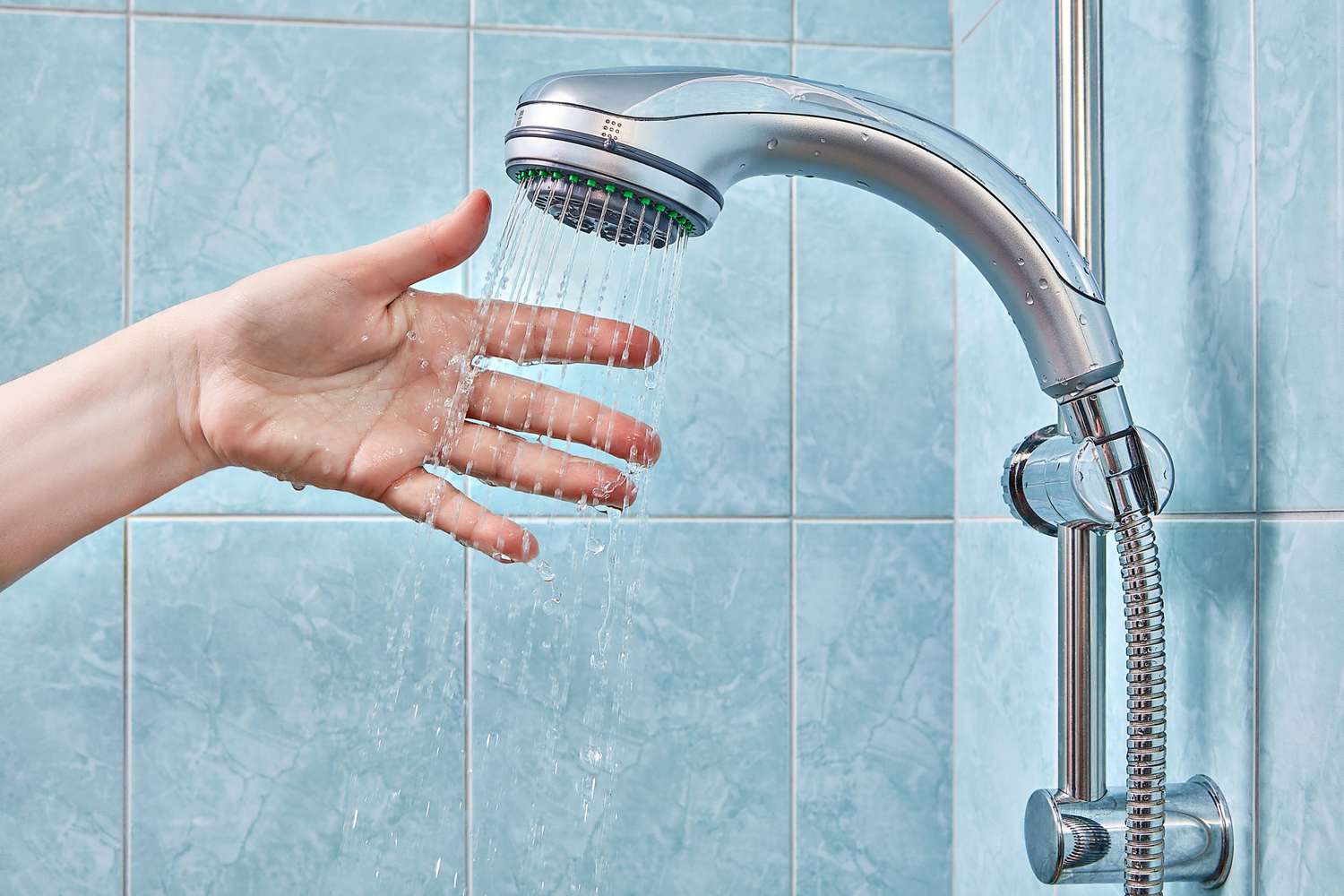
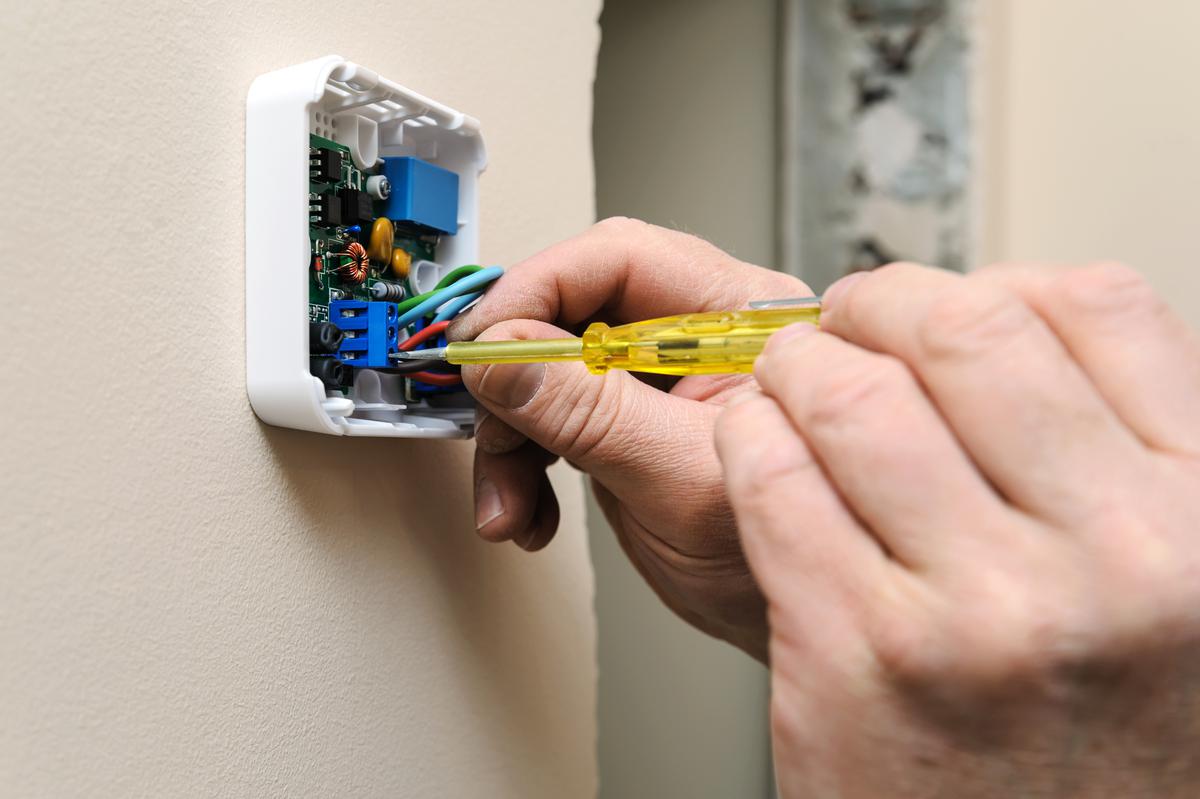

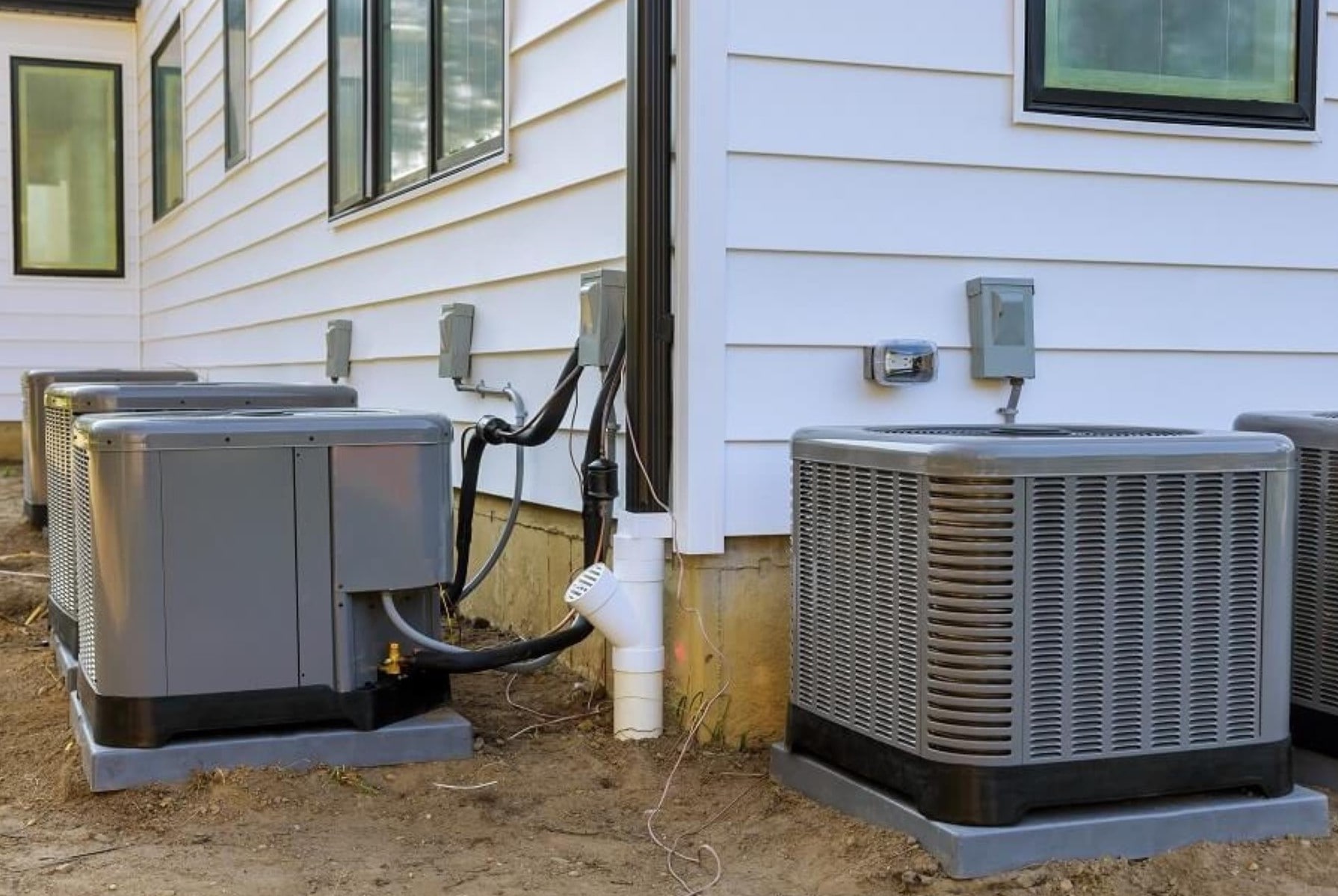
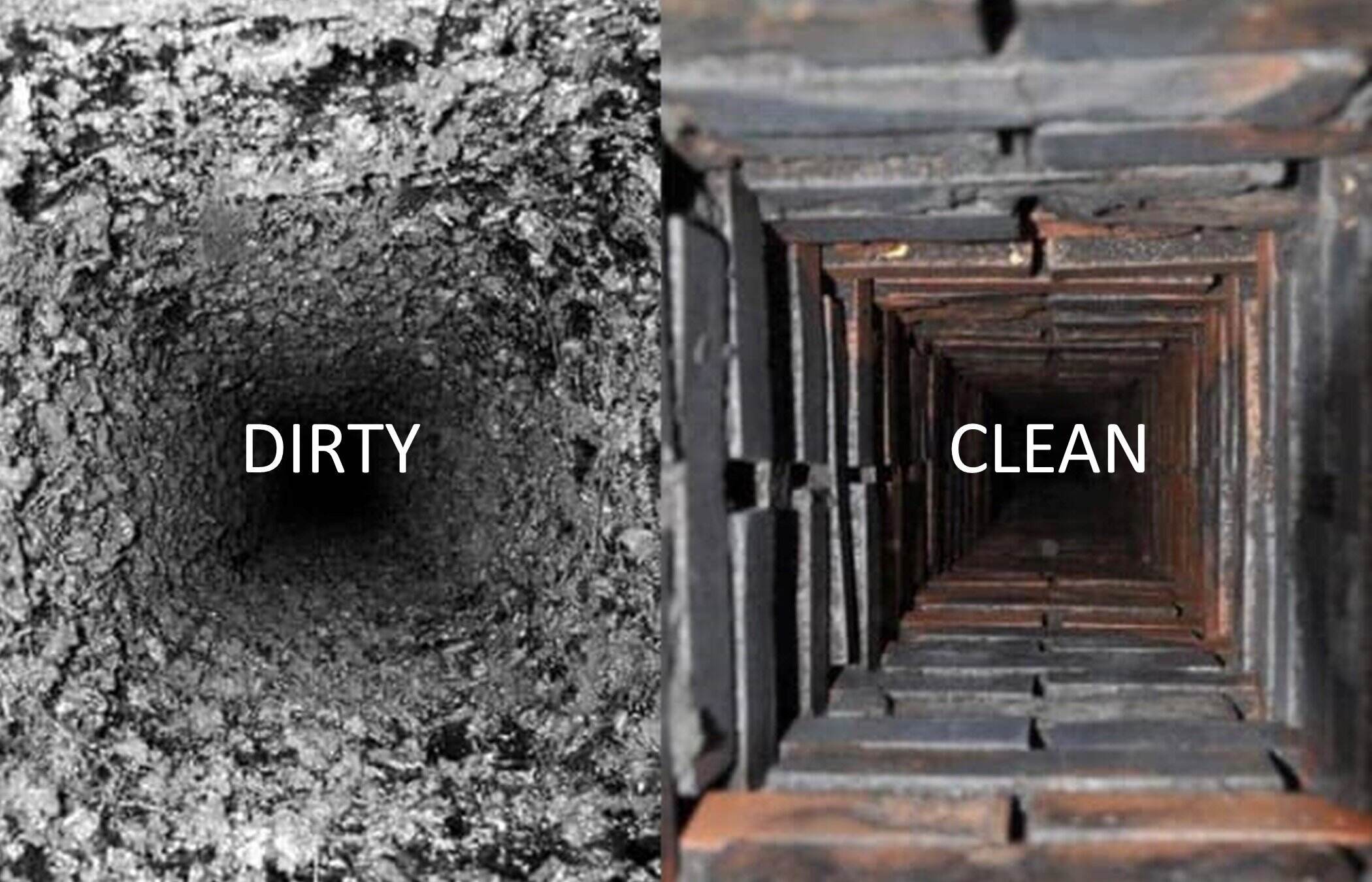
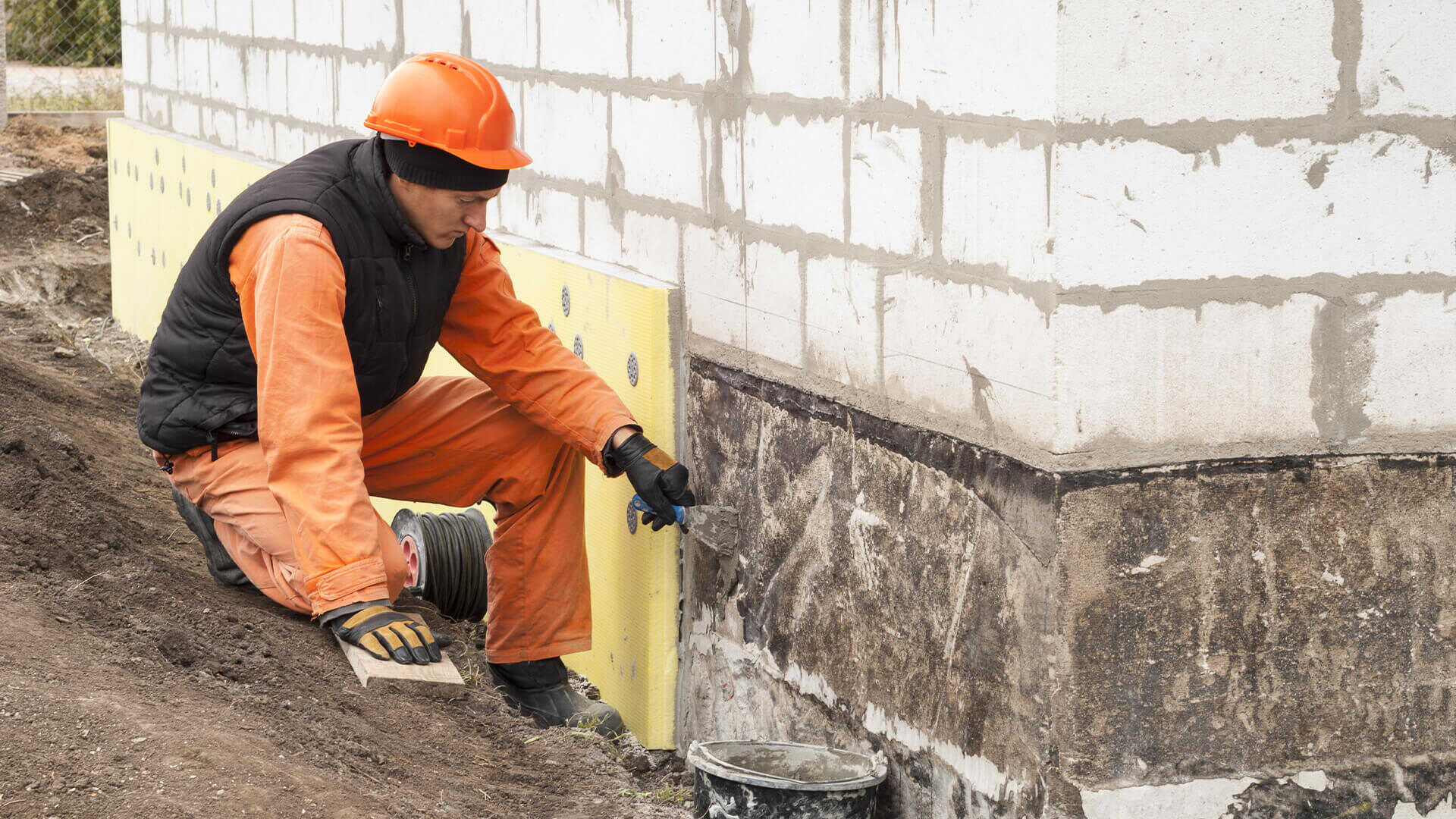
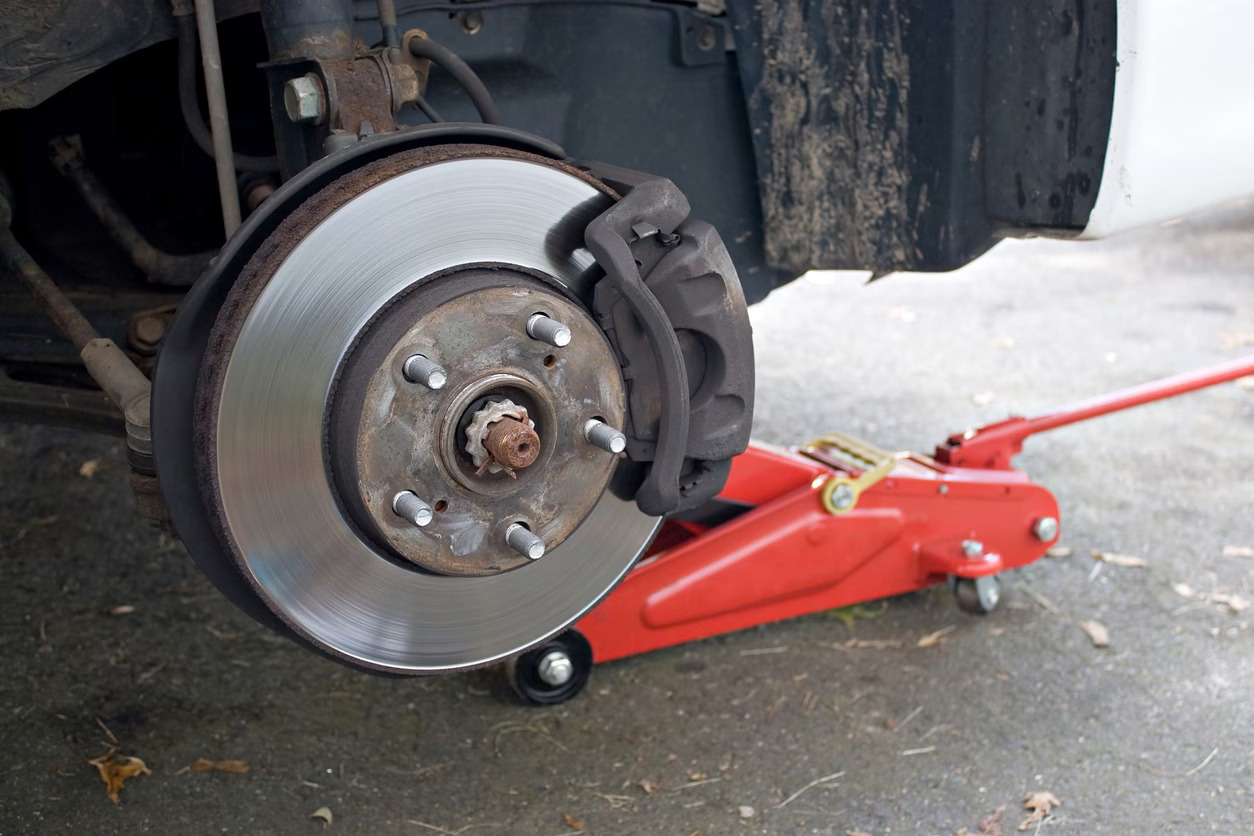

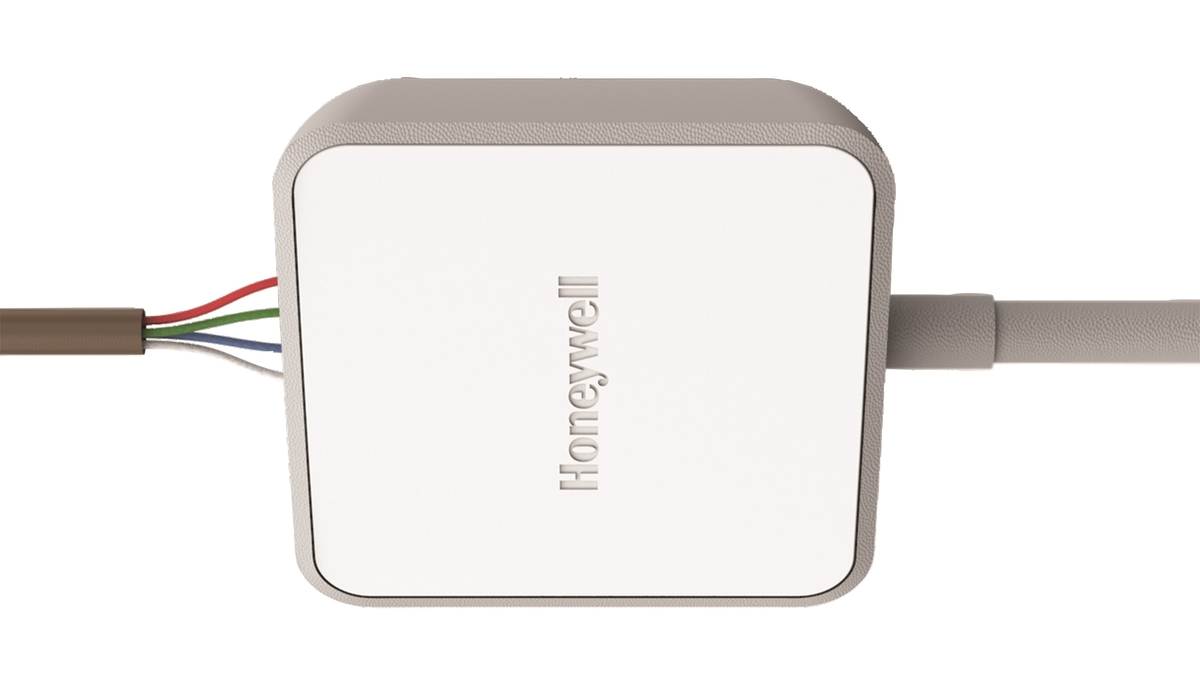
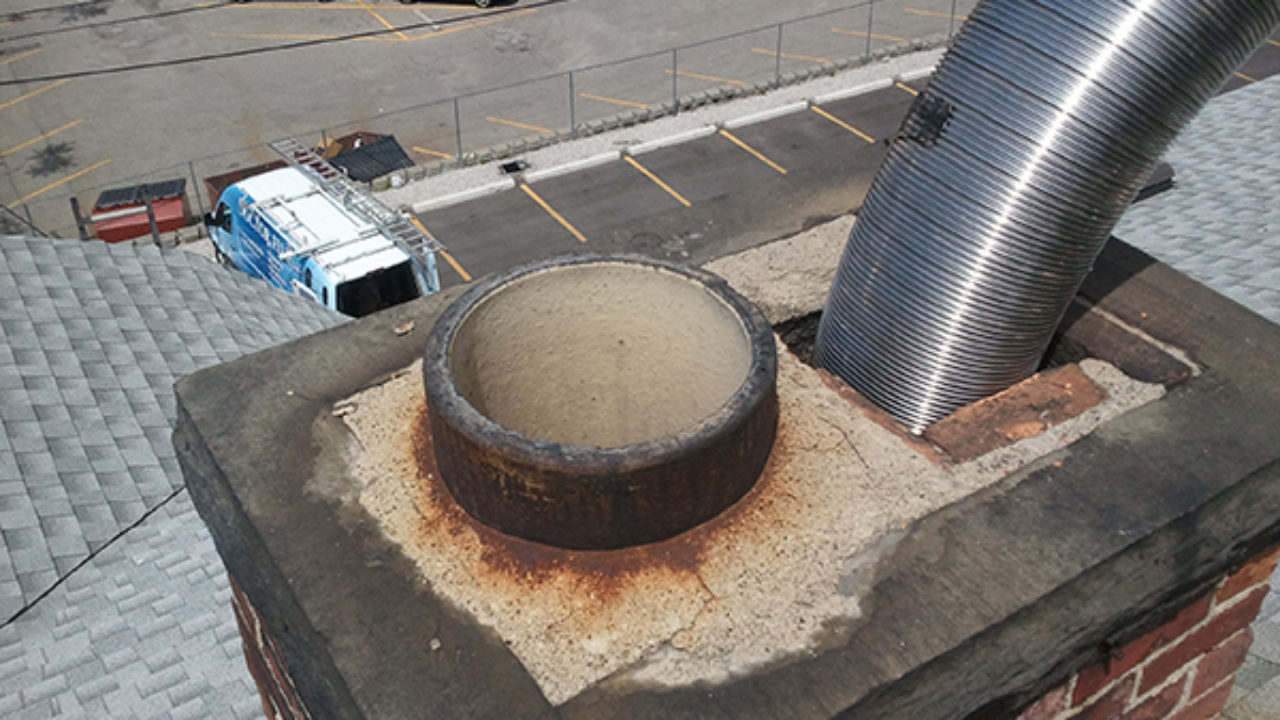
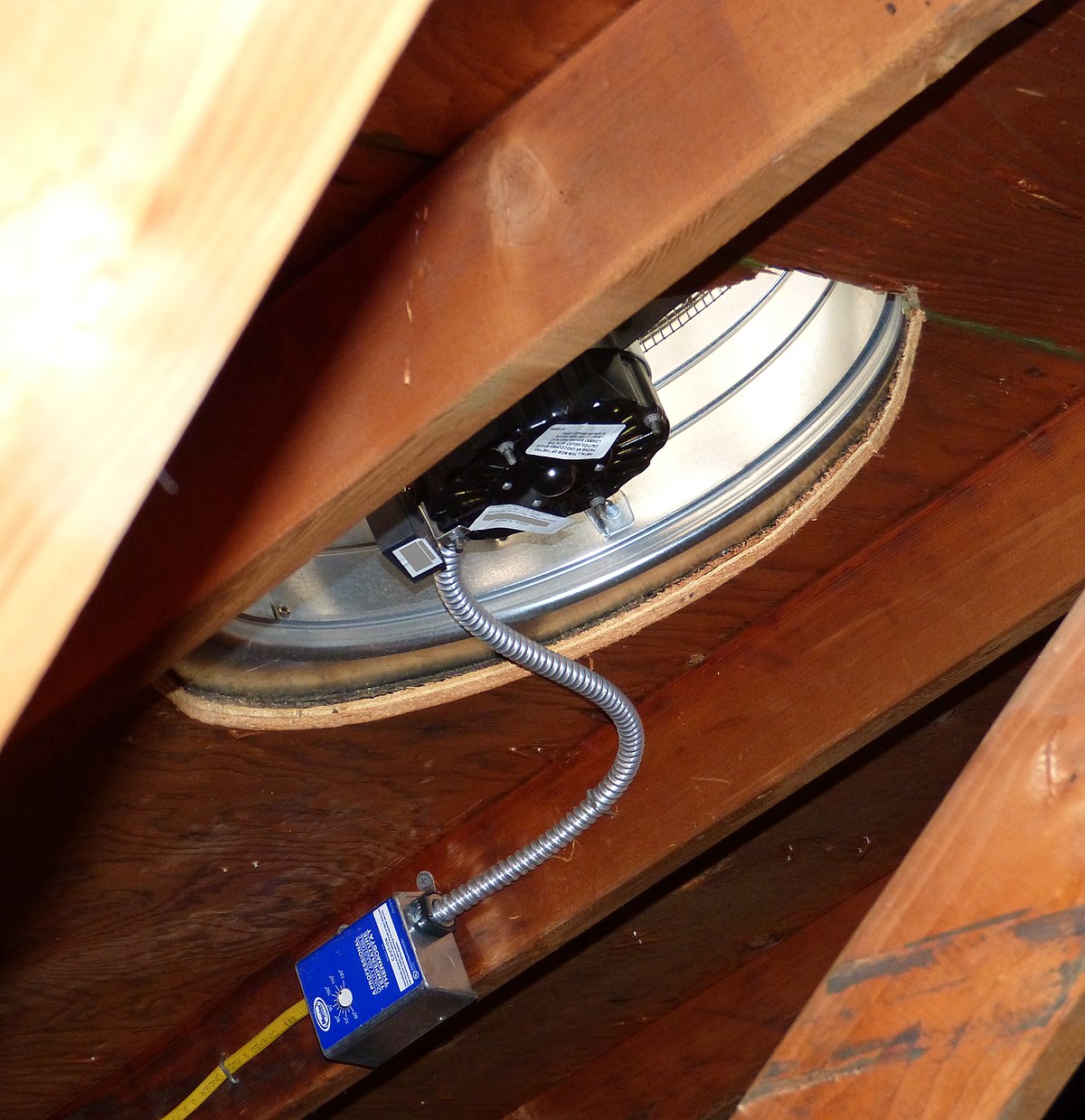
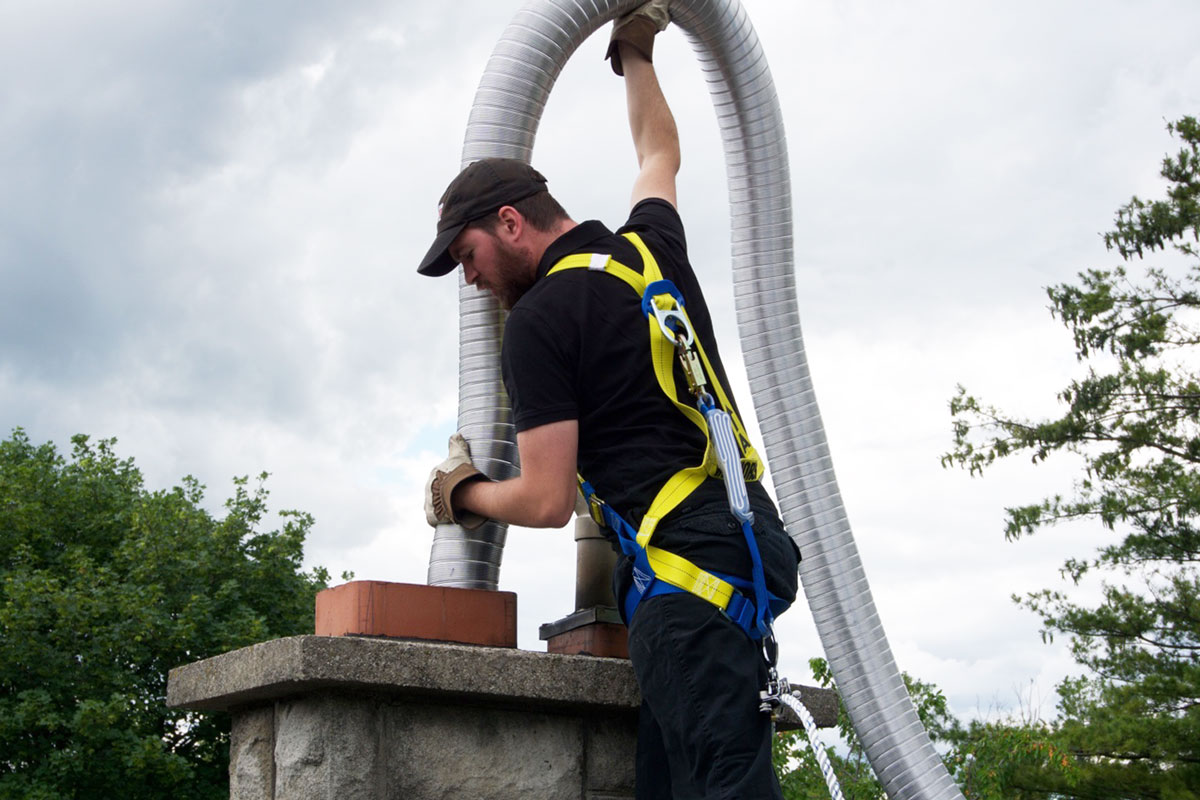

0 thoughts on “How Do I Know If My Chimney Liner Needs Replacing”